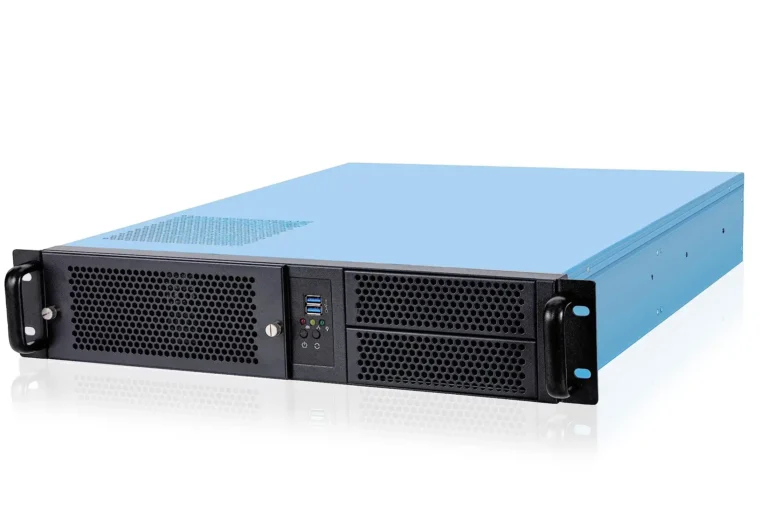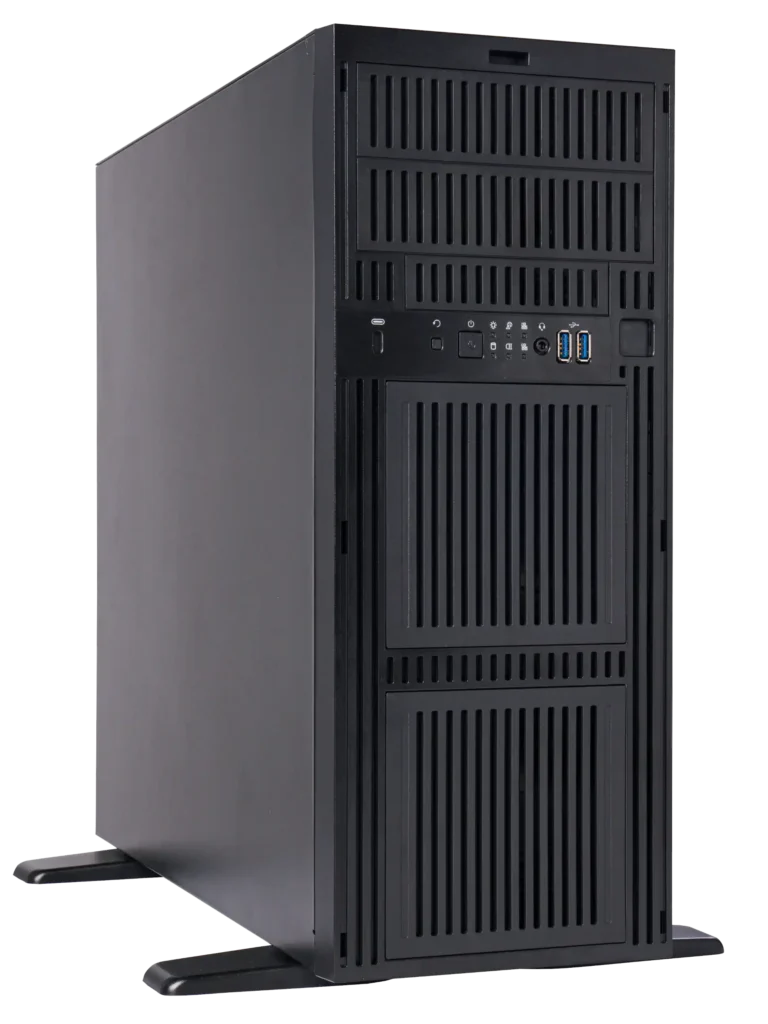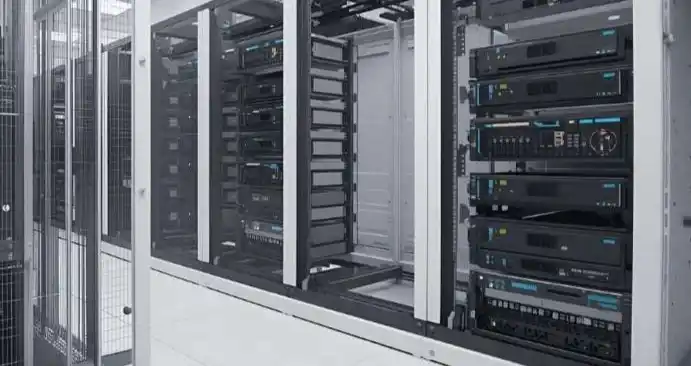You run real workloads. People walk past racks. Doors open. Drives get pulled—sometimes by mistake, sometimes not. Physical controls inside the server case are boring until the day they save your SLA. Let’s stay practical and talk about what actually works: lockable bezels and anti-tamper measures, how they fit your fleet, and where to spec them in a modern server rack pc case or atx server case.
Lockable bezels in a server rack pc case
A lockable bezel blocks casual hands from power buttons, drive latches, and front USB. No key, no touch. In the field, that means fewer “oops” incidents—no surprise reboots, no tray yanked mid-sync, no front-panel fiddling during a busy change window. Pick rackmount families that ship with lockable fronts as standard, not an afterthought. IStoneCase does this across multiple lines because most data rooms and colos consider it table stakes.
Why it matters now
- Shared colocation? Neighbor techs trace cables inches from your gear. A locked front panel gives you a calm buffer.
- Edge closets with tight doors? A bezel that locks and sits flush reduces snags while still clearing the swing.
- Hot aisle / cold aisle discipline? A sealed, lockable front keeps airflow predictable instead of swiss-cheese.
Helpful links:
server rack pc case · Server Case · IStoneCase homepage
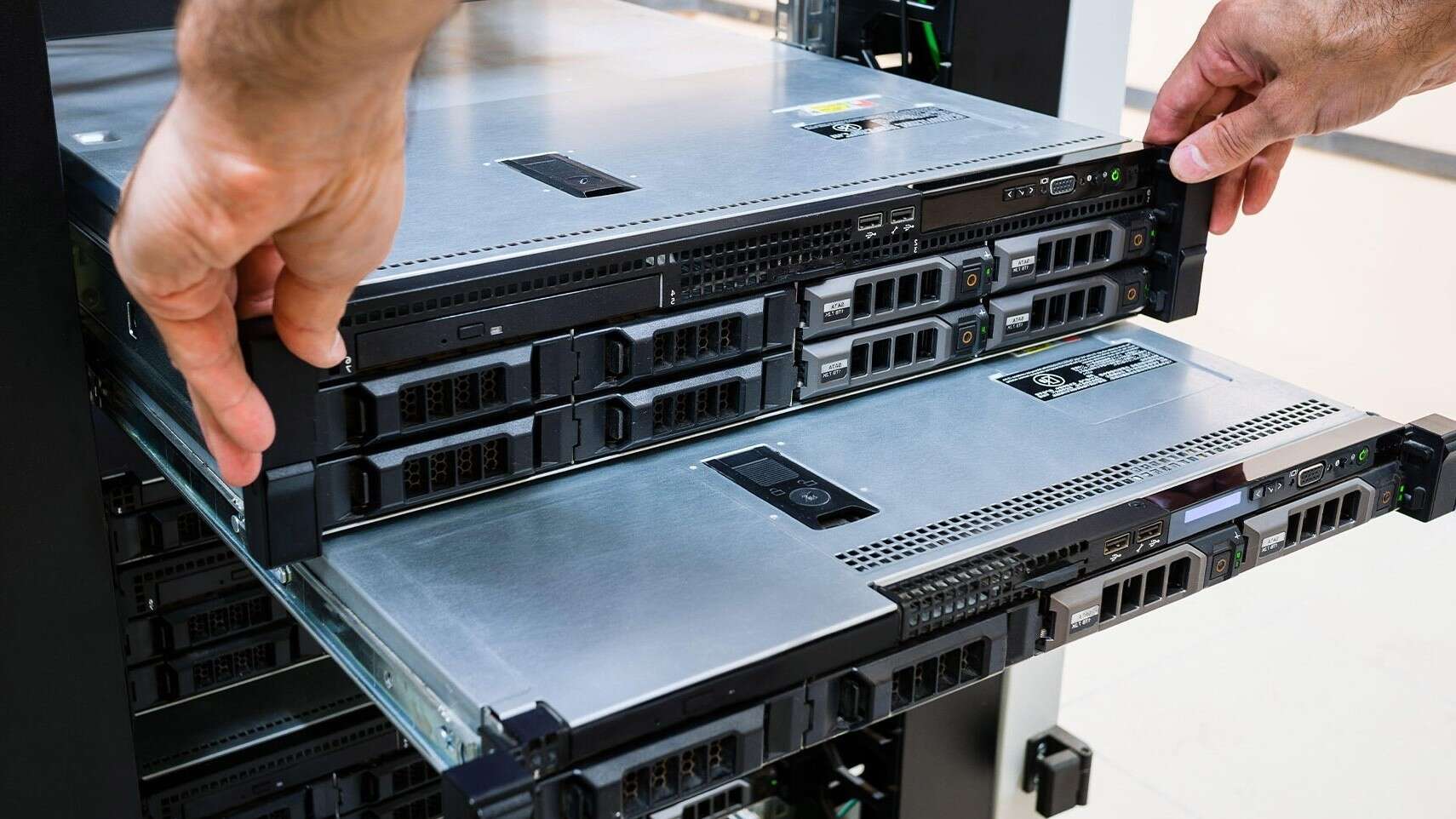
Anti-tamper in a server pc case: trays, screws, intrusion
Security should leave a mark. If someone opens a lid or slides a sled, you want proof—fast. Anti-tamper does exactly that:
- Lockable drive trays. Keyed latches stop the “I just needed to check something” pull during rebuilds.
- Numbered bezels and sled IDs. In an incident call, “Bay 6” is faster than “the second one from the left.”
- Tamper-proof screws. Special heads raise the tool bar, so casual attempts stall out.
- Chassis intrusion switch. Lift the cover, trigger a log. Your BMC screams; your NOC sees it; MTTR shrinks.
These pieces aren’t fancy; they’re repeatable. Build them into your BOM and your standard rack recipe.
Helpful links:
NAS Devices · Server Case
Real-world scenarios (what actually happens)
Colo row. You standardized blanking panels and PDUs. Add lockable bezels so wandering fingers can’t nudge latches while tracing a patch. Pair with numbered trays; when a single bay drops, your notes match the labels. You cut the “which slot was it, again?” loop.
Edge closet / wallmount. Shallow frames pinch cables. Choose short-depth rails, watch hinge side, and spec a door lock core. A generic computer case server might collide with a thick door; a low-profile, lockable front keeps doors closed and people out. Dont ignore that.
Campus lab. People share space and curiosity. You want bezels that lock, trays that lock, and intrusion alerts wired to the helpdesk channel. Bonus: dust filters that don’t choke the air once the bezel is shut.
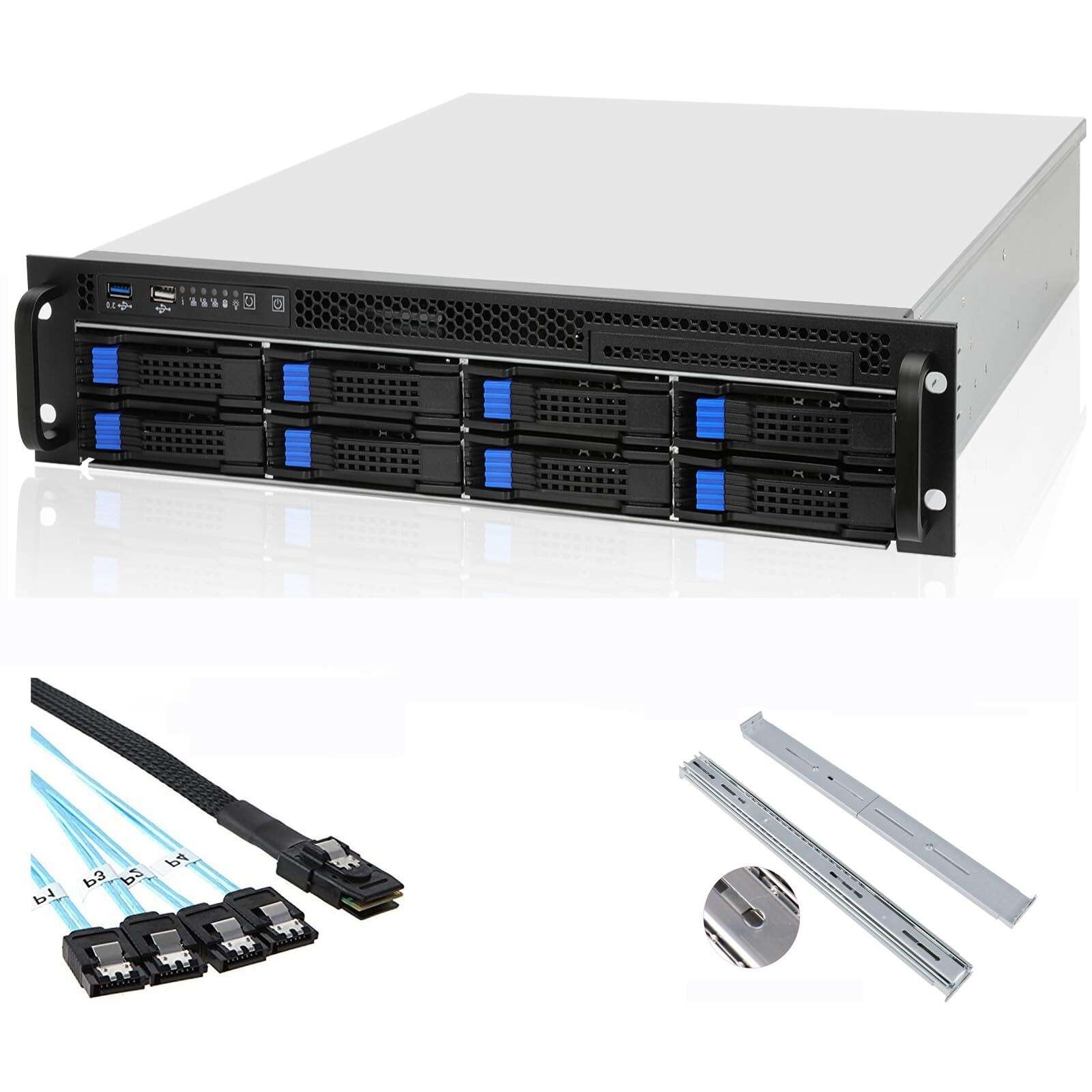
computer case server in wallmount racks: clearance, rails, lock cores
Wallmounts add physics. Bezel thickness versus door depth. Rail throw versus hinge side. Handle height versus the PDU. Make a quick checklist:
- Confirm rail throw (E-E/E-P).
- Check bezel thickness vs. door swing; shallow frames can bite.
- Carry a spare lock core in the site kit. Keys disappear. They just do.
Helpful link:
Wallmount Case
atx server case: rails, doors, and day-two sanity
Your atx server case is fine in mixed racks if rails match depth and the front clears the door arc. That’s why assembly services pair chassis with the right guide rails and call out lockable fronts for 2U–4U builds. You get safe pull-outs, no “oops, it dropped,” and no door-to-bezel collisions. Check the PDU face and the latch height before you land a new row, okey?
Helpful link:
Chassis Guide Rail
Quick argument table (features → risk → where to use)
| Feature in chassis | Risk it reduces | How it works | Where to deploy |
|---|---|---|---|
| Lockable front bezel | Button pushes, tray pulls, casual USB | Keyed panel covers latches & buttons | Standard on shared racks; lockers in colos |
| Lockable drive trays | Hot-swap yanks during rebuild/sync | Keyed latch blocks release | Storage rows, lab gear, student clusters |
| Numbered bezels / sled IDs | Slow incident triage | Physical ID matches logs & runbooks | Everywhere; helps MTTR and audits |
| Tamper-proof screws | No-tool lid opens | Special head needs matching bit | Low-touch covers; branch sites |
| Chassis intrusion switch | “No trace” lid lifts | Switch triggers BMC event & alert | Labs, classrooms, shared racks |
| Short-depth rails + spare lock core | Drops, jammed doors, missing keys | Right rail throw; backup key | Edge closets, wallmount frames |
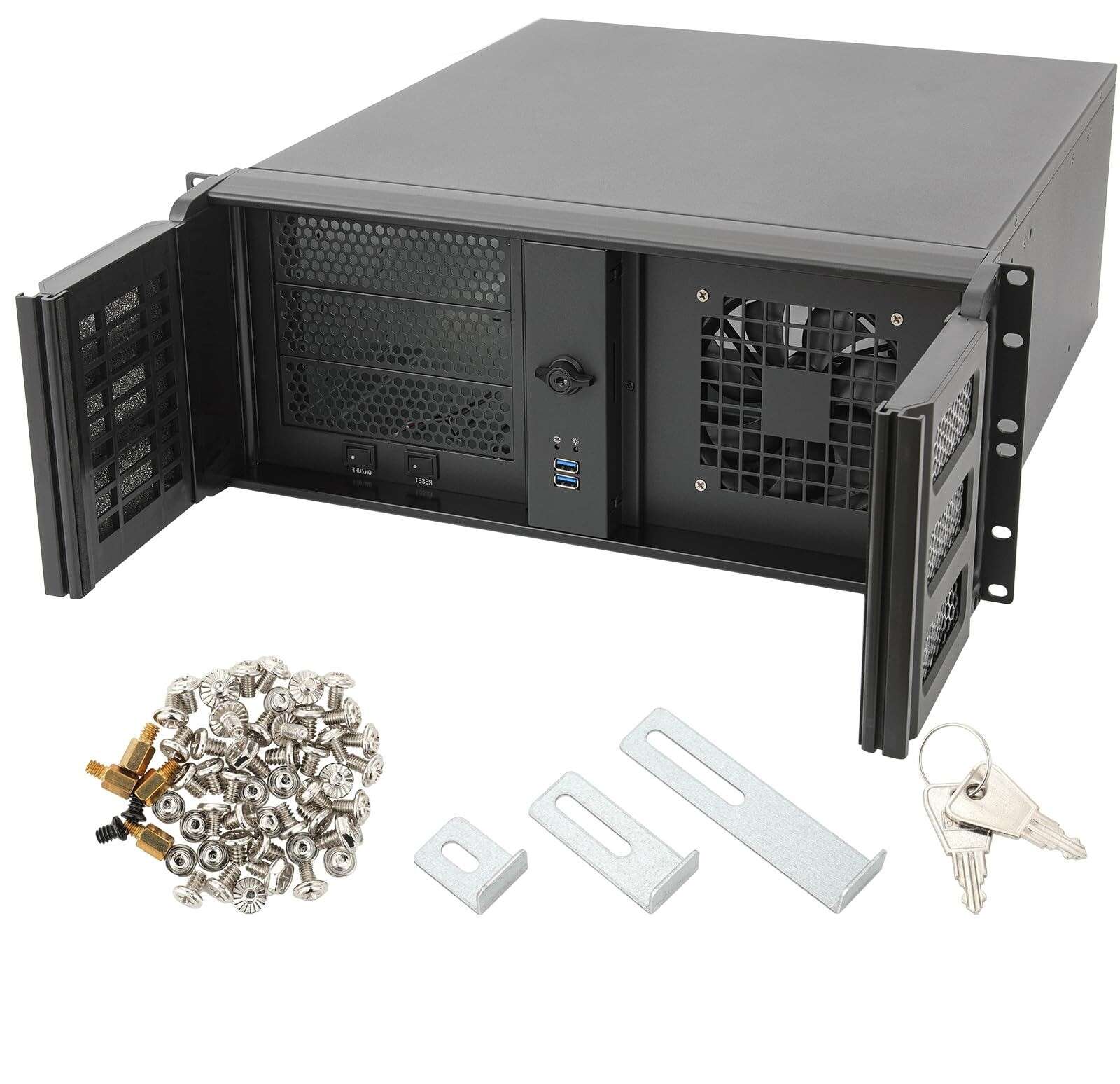
Buyer checklist for OEM/ODM and bulk orders
- Decide the front story. If users must see status, choose an LCD or read-only front; if not, keep it blank and locked.
- Label the world. Numbered bezels + drive IDs = faster triage. Write the mapping into your runbook.
- Spec intrusion where hands roam. Labs, classrooms, shared racks—fit a switch on the lid and wire it to your alerting.
- Match rails to reality. Check E-E/E-P, door swing, PDU height. Ship a spare lock core and a spare rail set per pod.
- Port hygiene. If front USB isn’t needed, don’t expose it. A locked panel means fewer attack paths and fewer “USB surprise.”
- Write it on teh PO. Don’t trust memory. Put “lockable bezel + lockable trays + intrusion switch + numbered bezels” on the BOM line.
- Kitting & spares. Include screws, lock cores, and the odd keyset in the site crate. Small line items, big saves later.
Where IStoneCase fits your fleet (and why ops cares)
You’re not buying a one-off; you’re building a repeatable platform for data centers, algorithm centers, enterprises, SMBs, IT service firms, developers, and research groups. IStoneCase is positioned as “The World’s Leading GPU/Server Case and Storage Chassis OEM/ODM Solution Manufacturer.” The brand focuses on performance, durability, and tailored builds—so your racks look the same from row to row.
- AI and HPC pods: start with a GPU server case and add lockable bezels, filtered fronts, and the right rails.
- General compute tiers: pick a server pc case family with lockable trays and numbered bezels out of the box.
- Dense app rows: standardize your server rack pc case with intrusion switches wired to your monitoring.
- Storage walls: use NAS Devices with tray locks to stop mid-rebuild pulls.
- Edge / small labs: compact ITX Case with lockable fronts; tidy, quiet, and less tempting to poke.
- Install quality: match rails via Chassis Guide Rail, confirm throw, and keep door clearance sane.
All of this folds neatly into bulk orders, reseller SKUs, and OEM/ODM customization. You get fewer onsite surprises and cleaner hand-offs to ops.

